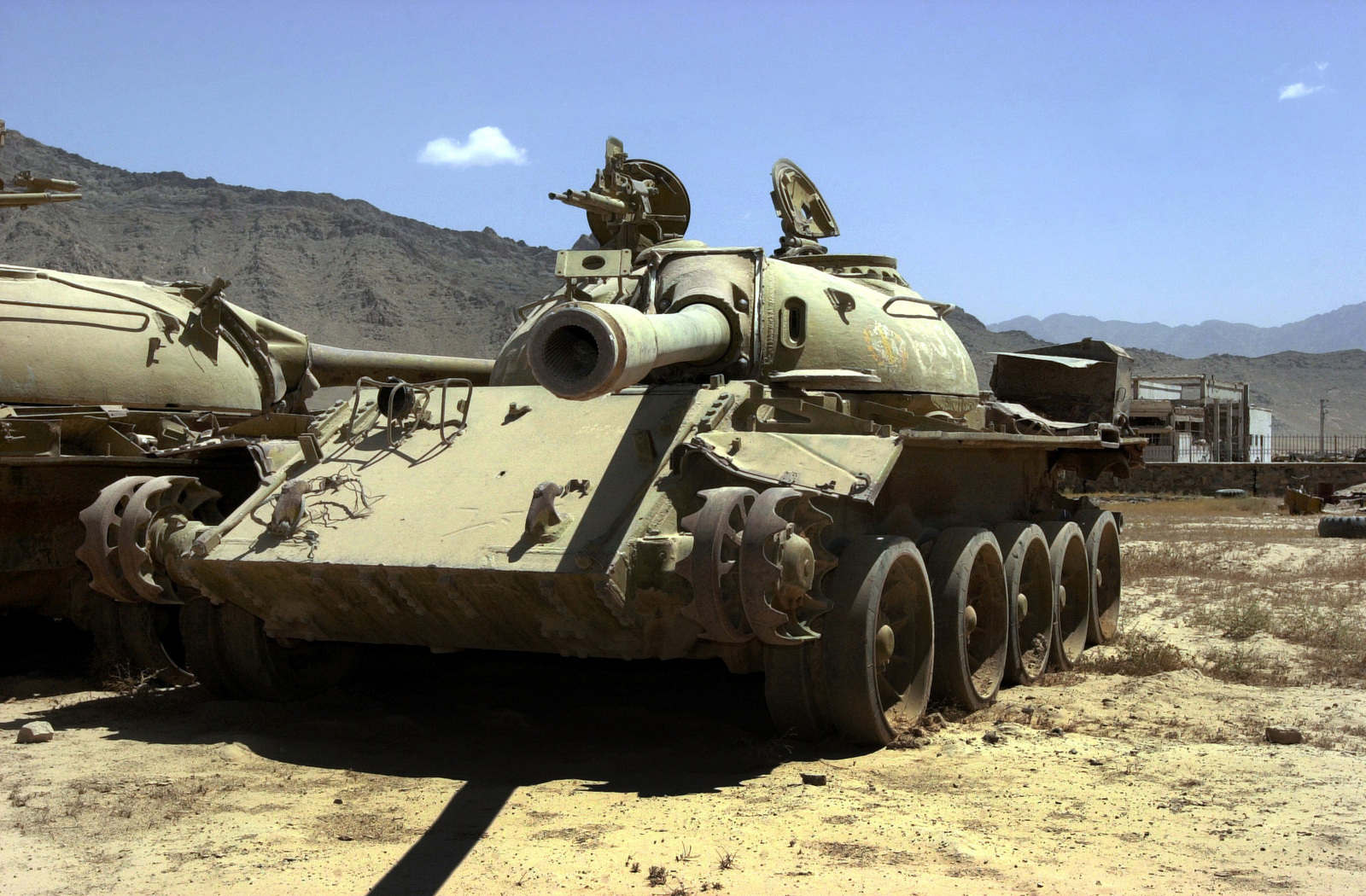These engines were installed, respectively, on the production tanks T-55 and T-62 and differed from the B-54 in increased power up to 426 kW (580 hp), obtained by increasing the cyclic fuel supply. In addition, the new diesel engines had a heated crankcase, a generator drive hydraulic clutch, an MTs-1 centrifugal oil filter (centrifuge) (installed since 1959) and a two-position ("Winter" - "Summer") fuel pump drive clutch to change the fuel feed advance angle and a hard stop of the fuel pump instead of the fuel supply corrector.
In winter, when the clutch was set to the “Winter” position, the advance angle of the fuel supply decreased to 32°, which led to a decrease in the rigidity of the engine and, accordingly, contributed to the reliability and increase in its overhaul period. Also, after the introduction of the MTs-1 filter, the Kimaf-STZ oil filter was replaced with a MAF filter. At the ends of the exhaust manifolds on the side of the engine toe there were plugs with a flange for mounting the TDA injector. The V-55V diesel engine differed from the V-55 engine by installing a G-6.5S generator with a power of 6.5 kW kW).
Increasing the power of the V-55 and V-55V diesel engines was not without some difficulties. An increase in the cyclic fuel supply has complicated the process of its combustion and worsened the thermal state of individual structural components of the engines. However, these difficulties were overcome through the use of a successful technical solution in the design of the exhaust manifolds. So, since 1963, to increase heat resistance, exhaust manifolds began to be made with a heat-insulating insert.
On the basis of the V-55 engine, in 1956, a V-54K8 (A-803) diesel engine with a power of 382 kW (520 hp) was developed for the mobile tactical missile system "Object 803" at a crankshaft speed of 2000 min-1. The specific fuel consumption was 239 g/kWh (176 g/hp-h). In 1957, the engine passed bench and sea trials, and since 1958 it has been put into mass production. Unlike the base engine, the V-54K8 had an additional power take-off from the crankshaft - 55 kW (75 hp).
In addition to the V-54K8 and V-55V diesel engines, two more modifications of the V-55 engine were produced - V-55 "C", which did not have crankcase heating (it was in production until 1966), and V-55 "C2" - without installation oil filter MTs-1. For the prototype tank "Object 150" (based on the T-62 tank), a modification of the V-55A engine was created, which differed from the base engine in the absence of a G-6.5S generator on its crankcase. The G-10 generator was used in the tank, which was mounted in the MTO near the engine bulkhead and was driven from the input gearbox of the transmission (guitar).
The V-55 diesel engine (and its modifications) for many years (1958-1979) became the most massive engine that was installed both in armored vehicles and other special equipment.
---
A detailed technical description of the V-55 tank engine and ordering with delivery can be found at this link.
